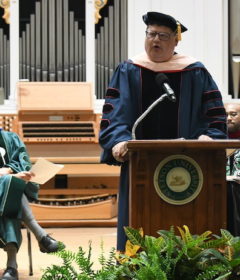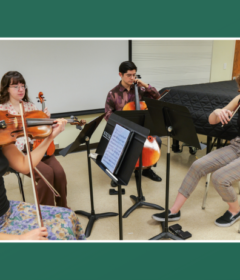Stetson’s Public Health Program: Making Significant Impacts on Campus and Throughout the Local Community
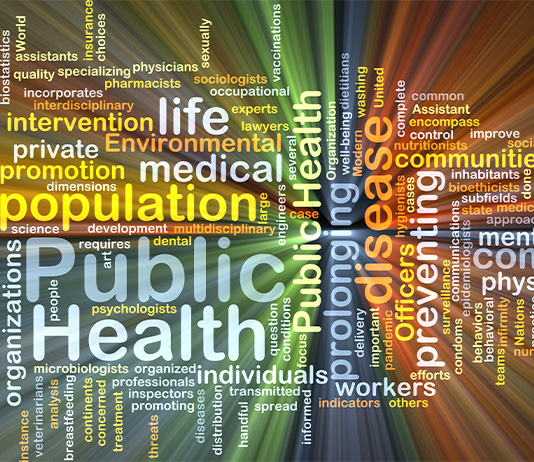
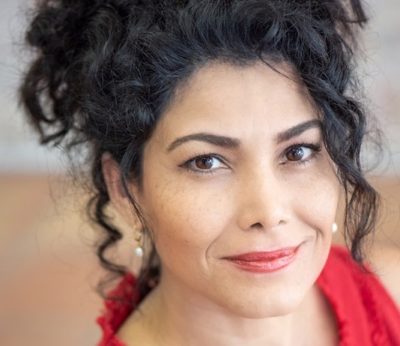
As Stetson’s “youngest” major in the College of Arts & Sciences — the Public Health (PUBH) program — is wasting no time making a name for itself in both mission and action.
While only in its eighth year of existence, PUBH has gained traction in the mission to make a difference in the lives of all community members, including, and perhaps especially, those most vulnerable in society.
“We started this major because there is a crucial demand in the workforce for people with college-level training in public health,” explained Asal Mohamadi Johnson, PhD, MPH, associate professor of Public Health and associate chair of Environmental Science and Studies for Public Health. “There is an urgent need to educate future health care and clinical practitioners such as physicians, nurses, social workers and nutritionists about the importance of prevention, which requires a holistic perspective on health policy, epidemiology and community health.
“The public health program has the mission of educating and training students who would apply critical thinking and scientific knowledge to promote community health and advocate for the concept of health for all by applying evidence-based decision making.”
Working With Communities
Public Health is both interdisciplinary and interprofessional, and at its very core works with communities to improve their health outcomes. In each public health course and lesson, students learn how a public health issue is connected to a multitude of other challenges.
“With an in-depth knowledge in public health, students have opportunities to learn, grow and become ready for their life after Stetson,” Johnson continued. “They will be competitive premedicine/prenursing or other pre-health students because the major equips them with a holistic profound understanding of patient’s contexts. It increases their cultural competency by enhancing their ability to communicate with diverse linguistic and cultural populations.”
Johnson added the major is flexible enough to let students design a pathway that best fits their postgraduation goals, such as medical school, nursing programs or other graduate degrees.
“Most of our recent graduates are currently working in different settings including hospitals, nonprofits, local departments of health and research institutions,” she said.
In addition, the program puts a significant emphasis on advocacy, activism and social justice.
“Students who wish to get involved in grassroot activism, but unsure where to start from, can easily find their place as public health majors,” Johnson noted. “Also, students who aspire to pursue public health law will find the major insightful. Indeed, we have recently had a couple of public health major/ minor students who decided to go to law school.”
Resource Partnerships
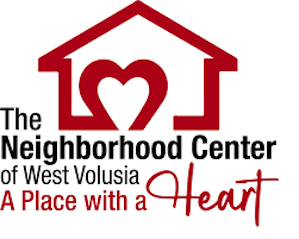
Those in the PUBH program continuously work with community partners — including the Florida Department of Health in Volusia, The Neighborhood Center of West Volusia and the Joyce M. Cusack Resource Center (formerly known as the Spring Hill Resource Center) — to advocate for positive changes in the community from a health perspective.
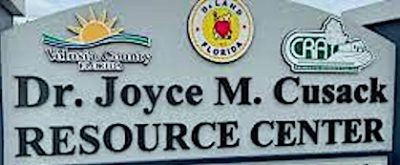
This is where, and how, Stetson students get to think outside the box to build trust and gain respect in the community. One example is the climate change and health class taught by Robert Maglievaz, MSPH, RS, CIH, assistant professor of Practice in the Public Health program.
Maglievaz and his students recently went in front of the DeLand City Commission with recommendations for staying cool in the summer heat. “Referencing local heat illness prevalence, they made recommendations to reduce heat-related illnesses among downtown visitors and homeless populations — seeking to make lasting impact on the well-being of our community,” Johnson cited.
And there’s more.
“In our courses,” she added, “students have conducted several health needs assessment in the Spring Hill community and other parts of DeLand to document disparities. These studies have yielded other projects to improve the overall well-being of our community including a community garden.”
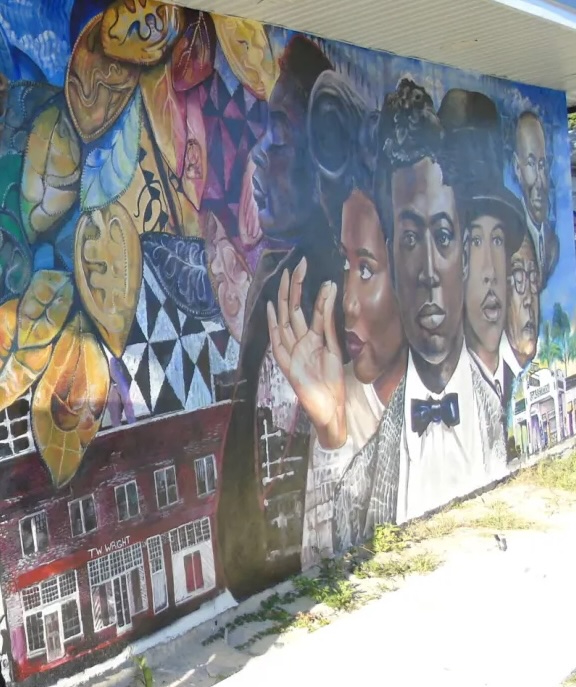
Further, Johnson pointed to “The Hill” mural as another project of public health concern, with a public mural documenting local history of the Black community in DeLand. The mural is located at the corner of West Voorhis and South Florida avenues. Four of the seven people in the mural are physicians or midwives — emphasizing community trust and their roles as health providers of the past.
“Public health is a very unique subject, as it combines every possible topic into one complete story,” responded Isabella Recanzone ’24 when asked why she majors in Public Health. “Public Health has allowed me to truly blossom as a student and person, as I’ve been able to make so many community connections. Anybody who has something to say about the world will find a place in Public Health, because it truly is so much more than just one topic.”
Speaker Outreach
Additionally, the outreach sponsored by Stetson’s PUBH program has been impressive during the past year.
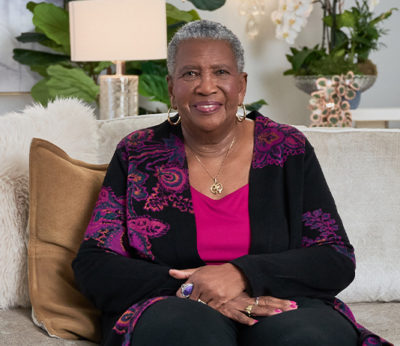
As part of the James A. Stewart Lecture series last spring, Byllye Avery, civil rights and health care activist and former DeLand resident, spoke on campus. “That visit was incredibly important, as it strengthened Stetson University’s relationship with our local Black community,” commented Johnson. “Also, it brought attention to the neglected topic of maternal health, which is a national public health challenge.”
The PUBH program at Stetson has sponsored a mural of Avery to be illustrated on the West Volusia Beacon building (New York Avenue in downtown DeLand). Johnson noted this creative concept will be an important historical and educational piece that serves multiple functions: educating city residents about the untold local history, shedding light on the topic of women’s health and communicating with younger generations about the importance of activism in improving people’s health.
This year, the PUBH program hopes for a similar impact when it hosts Katie Martin, PhD, for a food insecurity summit, followed by a public presentation in the CUB, on Jan. 31. Martin is the author of “Reinventing Food Banks and Pantries” and a national expert in the development of programs to transform the lives of people suffering from food insecurity.
The summit is the formal start of a much larger initiative involving multiple food insecurity partners across the county. It is also associated with the development of a community-based, experiential food insecurity course being developed within the PUBH program.
-Trish Wieland


